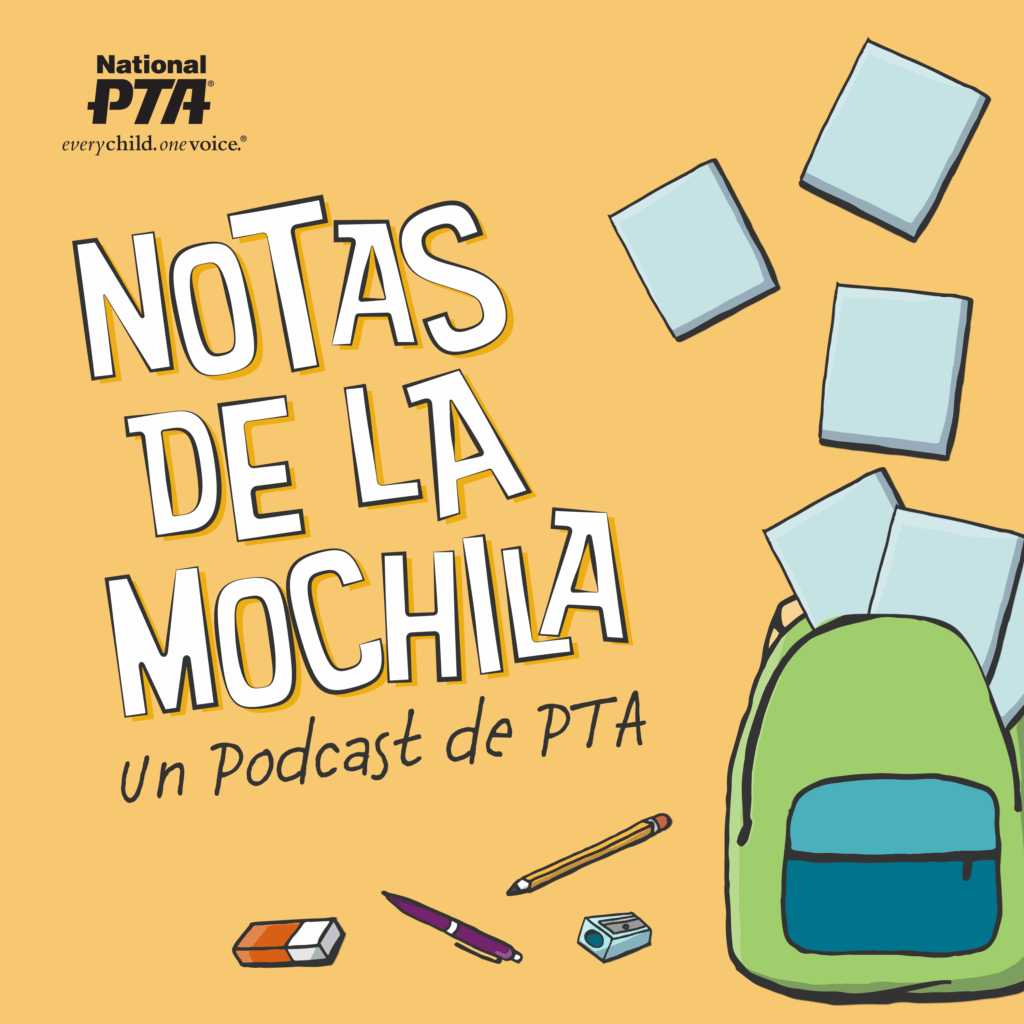As you and your teen plan for college, you’ve probably become a little obsessed with admissions tests—like the SAT—and how to help your student prepare and perform well so their college application stands out in the selection process.
The SAT tests what your child has been learning in high school and what they’ll need to be ready to succeed in college. The results are meant to show how your child takes in, thinks about and uses information and ideas. That’s why it’s so important that they feel prepared and confident on test day.
The SAT Reading Test
The SAT consists of tests in Reading, Writing and Language, Math and an optional Essay. A lot of focus is placed on the math and science sections of the test because of the increased emphasis on STEM education, however, you don’t want to overlook the importance of the literary portion of the test.
The SAT Reading test is designed to measure how well students read and interpret the kinds of text they will encounter in college and during their career. Students have 65 minutes to read the passages and answer 52 questions. All of the questions are linked to one fictional literary passage from a short story or novel, and a few information passages excerpted from published nonfiction history, social studies and science works.
The purpose of the passage questions is to allow the student to:
- Tell a story
- Make an argument
- Explain a study or experiment
The questions fall into three main categories:
- Information and ideas. Questions that focus on what the passage says directly or indirectly
- Rhetoric. Questions that ask students to think about how the author conveys his or her meaning
- Synthesis. Questions that require students to draw conclusions and make connections between different passages or between passages and informational graphics
What Your Teen Should Read to Prep
While the SAT Reading Test doesn’t measure students’ background knowledge on the passages they read, it’s helpful for students to be familiar and comfortable with the kinds of readings found on the test. The materials your teen is reading and the assignments they’re working on in high school are already good preparation for the SAT. But to be truly prepared, encourage your teen to read more on their own.
Here are general areas covered on the SAT Reading Test:
- Classic and contemporary works of literature
- U.S. founding documents (e.g., the U.S. Constitution, the Federalist and letters by John and Abigail Adams) and texts in the Great Global Conversation (e.g., speeches by Nelson Mandela and Dr.Martin Luther King Jr.)
- Science (e.g., texts in Earth science, biology, chemistry and physics) and social science (e.g., texts in psychology, economics and sociology)
Many U.S. founding documents and texts in the Great Global Conversation are widely available for free on the internet from numerous sources (web and e-books). Current articles on science and social science topics are also routinely published in newspapers and magazines. You can also find additional suggested literature reading lists on the internet.
How to Read for the SAT
When students read—whether for class or independently—they should think about what the authors say explicitly, and what the authors imply but don’t directly state. Students should also think about how they would use evidence from the information they read—such as facts, figures, quotations and other information— to support their interpretations of the texts’ meaning. Questions asking students to find textual evidence are common on the SAT
Reading Test.
If the content includes informational graphics—such as tables or graphs—they should make sure they understand what the graphics are trying to communicate and how their data contribute to understanding the text. Drawing connections between two or more texts on the same topic helps build knowledge on that topic and helps prepare students for paired-passage questions on the SAT Reading Test. Remember, the college application process can be overwhelming, but preparing for the SAT doesn’t have to be!
Adele Hazan is the senior director of communications & marketing at The College Board.


















